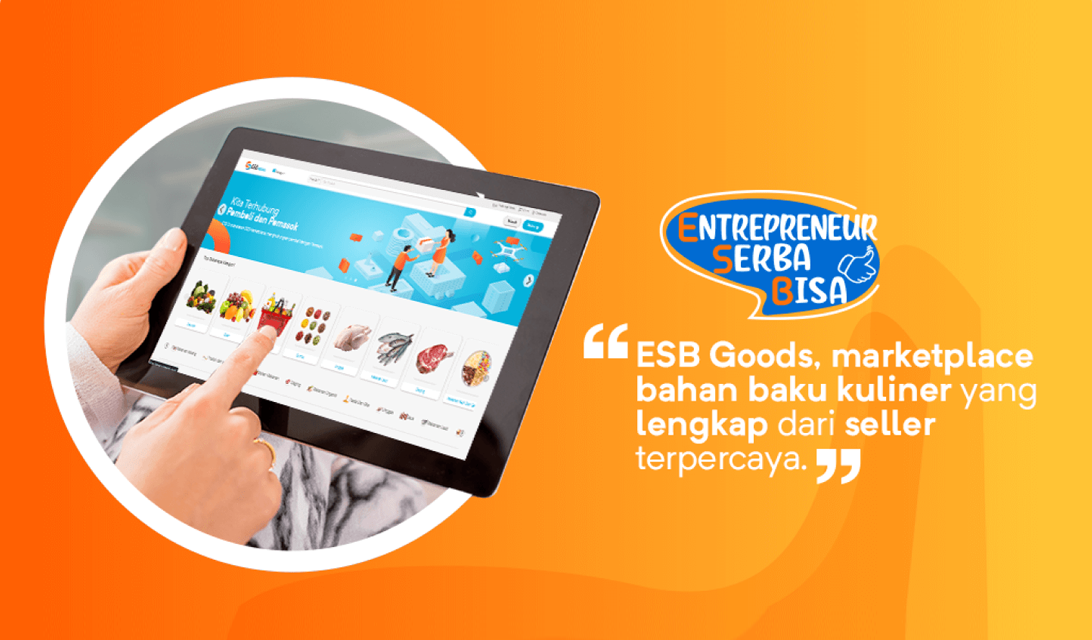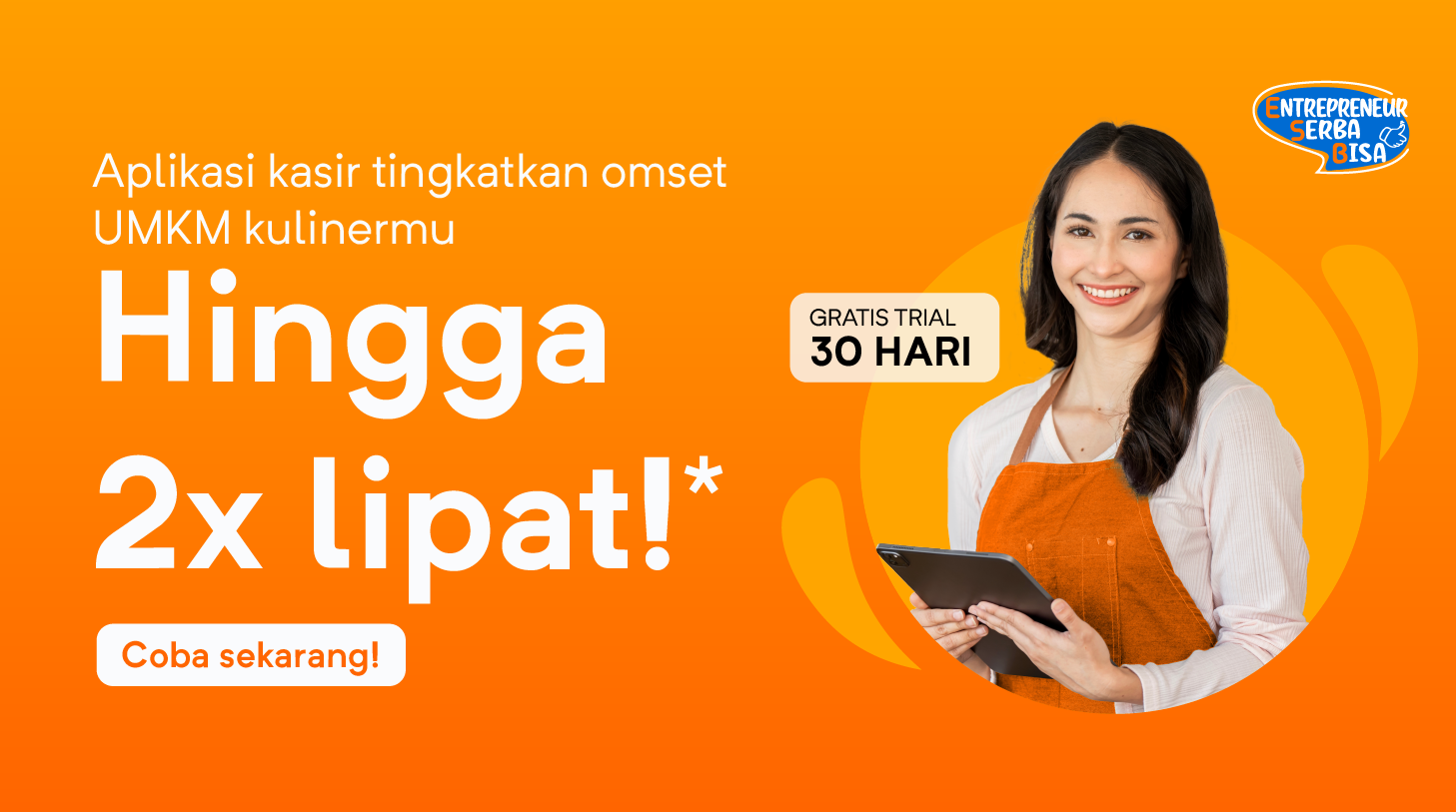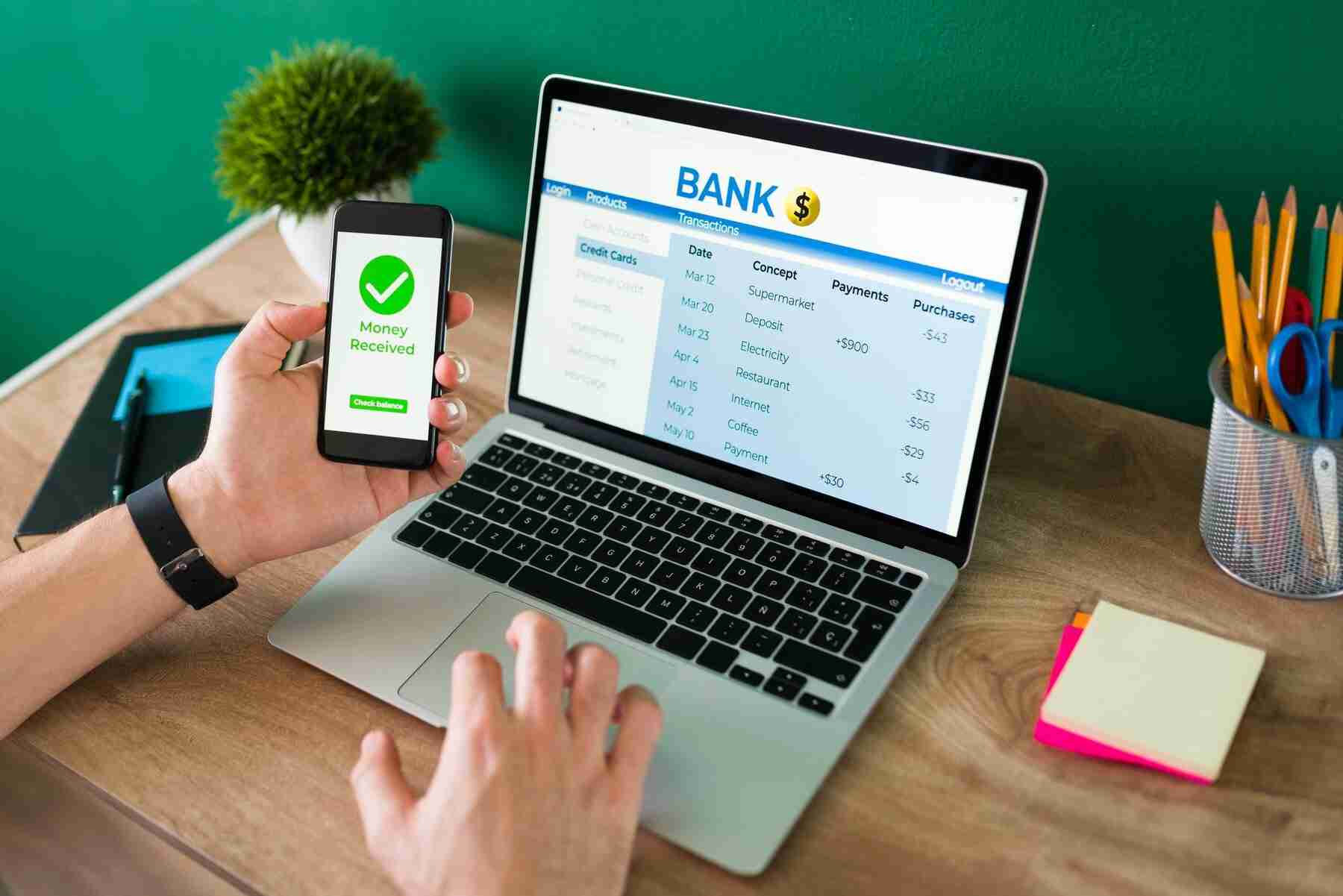 SHARE
SHARE
35 Essential Terms in Online Buying and Selling That Beginners Must Know
Sovia
Online shopping is becoming increasingly popular, but for beginners, various terms in online transactions can be confusing.
From abbreviations like COD and PO to specific terms like flash sale and checkout, understanding these terms is crucial to avoid misunderstandings while shopping.
In this article, we have compiled 35 essential terms in online buying and selling, complete with explanations, to ensure a smooth and hassle-free shopping experience!
1. COD (Cash on Delivery)
COD stands for Cash on Delivery. It is a payment method where buyers pay for the item upon receipt. This is ideal for those who are still hesitant to shop online using bank transfers!
2. PO (Pre-Order)
Pre-Order is a sales scheme where buyers must wait for a specific period because the product is not yet available. This usually happens because the product is still in production or awaiting shipment from abroad.
3. Flash Sale
A flash sale is a limited-time massive discount event that triggers fierce competition among buyers to grab products at the best price.
4. Tracking Number
A tracking number is a unique code provided by the shipping service to track the status and location of a package. This number consists of a series of digits or letters listed on the shipping receipt.
You can check the status and position of your order by entering the tracking number on a courier’s tracking website or app.
5. Dropship
Dropshipping is a business model where sellers do not need to keep stock but instead forward orders directly to suppliers.
In this system, a third party acts as an intermediary to sell products from partnered suppliers. In other words, a dropshipper focuses on marketing and selling without handling storage or shipping.
6. Restock
Restock refers to replenishing sold-out inventory to ensure product availability for customers.
7. Shipping Fee
Shipping fee, commonly abbreviated as "ongkir" in Indonesia, refers to the delivery cost. "Free shipping" or "free ongkir" means the seller covers the delivery fee.
Many e-commerce platforms offer free shipping promotions for purchases above a certain amount.
8. Refund
A refund is the return of funds to the buyer due to transaction errors or when the received product does not match the order.
9. Bundle
A bundle or bundling is selling multiple products as a package at a lower price.
10. Nett Price
Nett price is the final price set by the seller, meaning the lowest acceptable price. If you negotiate below the nett price, the seller will likely reject your offer.
11. DP (Down Payment)
A down payment (DP) is an initial payment confirming that a buyer is committed to purchasing an item. Typically, DP amounts range from 30-50% of the total price, or as agreed upon by both parties.
Read more: These are 10 factors that influence customer satisfaction. Have you implemented them?
12. DM or PM
DM stands for Direct Message, and PM stands for Personal Message. Both refer to direct communication methods between buyers and sellers through private chat or messaging channels.
13. BU (Urgently Needs Money)
BU in Indonesian stands for "Butuh Uang" (needs money). In online transactions, sellers use this term to indicate that they are selling an item below market price due to an urgent need for funds.
14. Negotiation (Nego)
Negotiation, or "nego," refers to the bargaining process in a transaction where both parties aim to agree on a mutually beneficial price.
15. Merchant
Source: freepik.com
A merchant is a seller or shop owner. If you sell something on social media or an online marketplace, you are considered a merchant.
16. Price List
A price list is a catalog of prices for products or services. It helps buyers see product prices clearly before making a purchase.
17. Official Store
An official store is a brand’s authorized shop on an e-marketplace. Shopping at an official store ensures product authenticity and quality.
18. Sold or Sold Out
Sold or sold out means that the product is no longer available. You can ask the seller when they will restock.
19. Reseller
A reseller is someone who buys products to resell. Unlike dropshippers, resellers must have stock before selling to customers.
20. Mint Condition or Like New
Mint condition or like new means that a second-hand product is still in excellent condition, almost as good as new. This term is often used for high-quality pre-owned items without defects or signs of wear.
21. Hit and Run
Hit and run describes a buyer’s behavior when they ask many questions and negotiate a price but then disappear without completing the purchase.
22. Check Out (CO)
Check out in online shopping refers to the process buyers go through to complete a purchase. After selecting a product and adding it to the cart, the next step is checkout, where buyers review their order, provide shipping details, and select a payment method before finalizing the purchase.
23. Voucher
A voucher is a discount code or coupon that can be applied during checkout for price reductions.
24. Cashback
Cashback is a partial refund given after making a purchase, allowing you to save while shopping.
25. Best Seller
A best seller is a product that sells the most and is highly favored by customers. If you are unsure about which product to buy, checking the best seller list can help you choose the best option.
26. OEM (Original Equipment Manufacturer)
OEM refers to products manufactured by a company but sold by another party, either with or without a specific brand. OEM products are used by major brands that want to sell high-quality products without having to manufacture them themselves.
In e-commerce, OEM items can include gadget accessories, automotive spare parts, and electronic devices. OEM products are generally cheaper than branded ones because they do not require extensive marketing costs.
27. PnP (Plug and Play)
PnP, or Plug and Play, refers to technology products or electronic devices that can be used immediately without requiring additional configuration.
These products are usually automatically recognized by the operating system or main device, eliminating the need for users to install drivers or go through complex setup processes.
Examples of PnP products include USB keyboards and mice, external storage devices, and webcams. In the tech world, PnP functionality is highly beneficial as it enhances ease of use and efficiency.
28. Ready Stock
Ready stock means that an item is already available in a warehouse or store and can be shipped immediately after a successful transaction.
This differs from the Pre-Order (PO) system, where buyers must wait for the item to be produced or restocked.
Customers often look for products labeled as ready stock because they can be delivered faster without long waiting times.
Online stores typically display real-time stock availability so buyers can see whether their desired items are still in stock.
29. SKU (Stock Keeping Unit)
SKU is a unique code assigned to each product within an inventory system to facilitate tracking and stock management.
An SKU may consist of a combination of numbers, letters, or symbols representing product categories, color variations, sizes, or other characteristics.
For example, the SKU for a pair of blue sports shoes in size 42 might be "SHOES-BLUE-42."
Using SKUs helps stores manage stock efficiently and prevent errors in order fulfillment.
30. Wishlist
A wishlist is a feature in e-commerce platforms that allows users to save a list of products they want to purchase later.
This feature is useful for buyers who are not ready to make a purchase but want to bookmark their favorite products.
31. Preloved
Preloved refers to second-hand items that are still in good condition and are resold by their previous owners.
Unlike brand-new items, preloved products are typically more affordable and may show signs of previous use.
32. ETA (Estimated Time of Arrival)
ETA is the estimated time when a product will arrive after being shipped by the seller or courier service.
ETA information is usually provided as a time range, such as "2–5 business days" or a specific date based on the delivery destination.
33. WTS (Want to Sell)
WTS stands for Want to Sell, meaning that someone is looking to sell an item. This term is commonly used in online marketplaces, social media, or trading forums to indicate that a seller is offering a product.
Typically, sellers include details such as the item's condition (new or used), price, location, and payment/delivery method.
Example:
[WTS] iPhone 13 Pro Max 128GB | 98% Condition | Price: Rp 12 million (negotiable) | COD Jakarta
Using WTS helps sellers reach potential buyers more quickly, especially within online trading communities.
34. WTB (Want to Buy)
WTB stands for Want to Buy, meaning that someone is looking for or wants to purchase a specific item.
Buyers often use this term in trading groups or forums to receive offers from sellers who have the desired product.
Example:
[WTB] MacBook Air M1 Laptop, budget Rp 10–12 million, Jakarta area, prefer COD
WTB is commonly used when a product is not widely available in the marketplace, or when buyers are looking for better prices from different sellers.
35. BNIB (Brand New In Box)
BNIB stands for Brand New In Box, meaning that the item is completely new and has never been opened from its original packaging.
This term is frequently used for electronic devices, gadgets, or fashion products sold by individuals or stores.
BNIB products are generally priced higher than preloved items because they are in pristine, unused condition.
With these additional terms, you’ll have a better understanding of various e-commerce phrases, making your online shopping and selling experience smoother!
Read more: What is the Membership System? Get to know the benefits and functions for business!
Conclusion
By understanding these essential terms in online buying and selling, you can shop and do business with more confidence.
These terms not only help you communicate effectively with sellers and customers but also make decision-making easier.
The better you understand these terms, the smoother your online shopping and business transactions will be!
If you own a food business and want to improve efficiency, ESB POS could be the perfect solution!
This holistic point-of-sale application integrates directly with GrabFood, GoFood, and ShopeeFood and includes loyalty programs, reservations, and digital voucher services to enhance customer satisfaction.
Consult your business needs today!
 SHARE
SHARE




